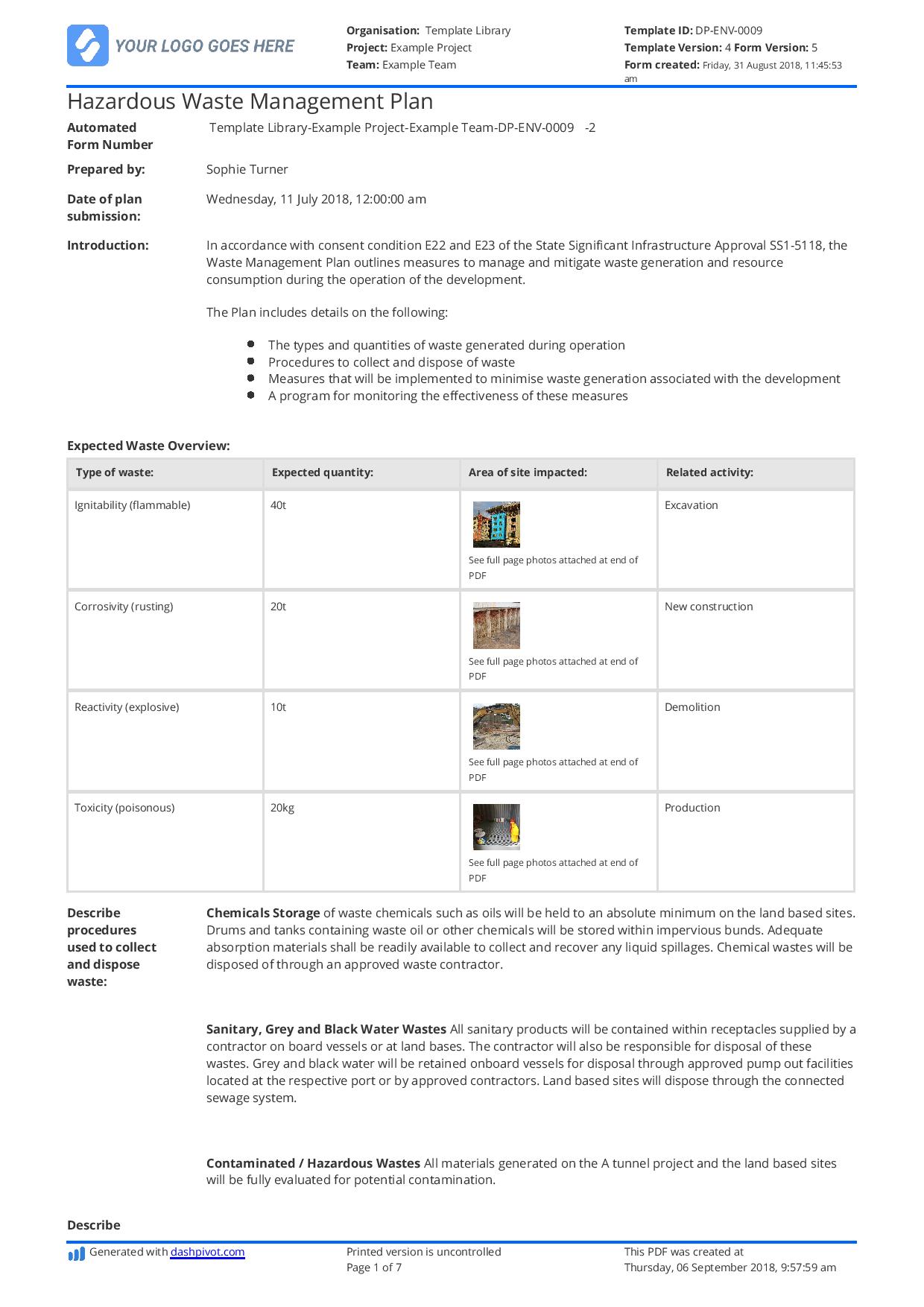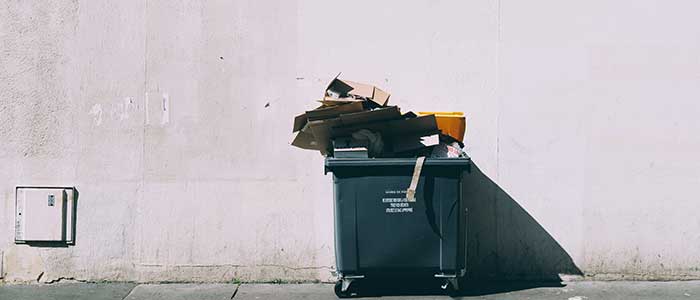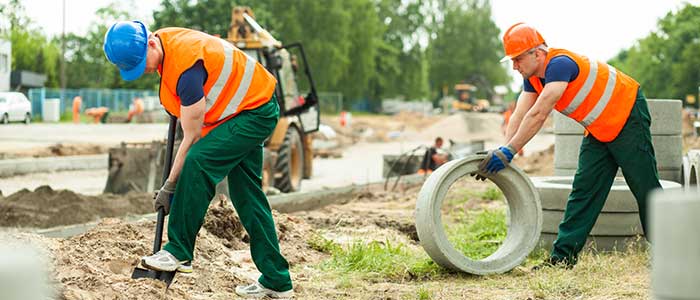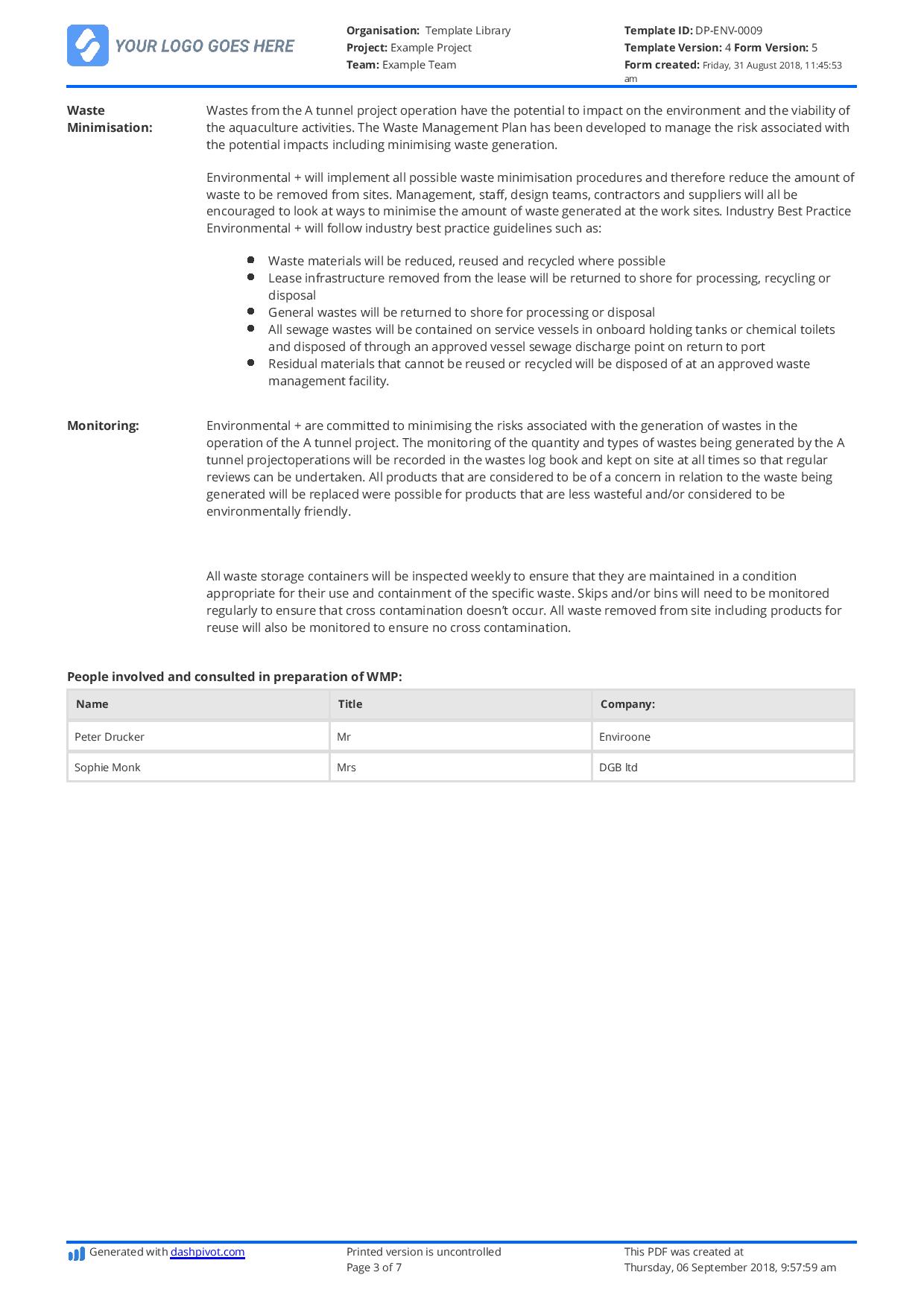Enviro – Unbreakable hazardous waste management rules

The 6 unbreakable hazardous waste management rules
About managing hazardous waste
Any item or subject with hazardous in its name deserves some attention. Hazardous wastes are found anywhere and everywhere, and are particular common and frequent on construction and other industrial sites.
Because of its hazardous nature, it's important to deliver, handle, store and dispose of hazardous waste properly. If you don't, you endanger the environment and increase the likelihood that an asset or one of your people are negatively impacted by the dangers of hazardous waste - which span the spectrum of minor rashes to permanent lung and breathing damage.
While there are no catch all rules for managing all forms of hazardous waste, there are some general guidelines or 'unbreakable' rules which you can turn to and lean on when you head into some of those pretty unavoidable grey areas.
The 5 unbreakable hazardous waste management rules
1. Document all of your hazardous waste
The first rule of managing hazardous waste is to always document your waste properly. This is arguably the lowest of the hanging fruit. Documenting your hazardous waste properly, from delivery all the way through to recycle or disposal helps you create a safe and reliable environment where people are more likely to do the right thing.
Not having a set 'process' around how you document and move hazardous waste through the company or projects results in margin and room for error. The biggest mishaps around hazardous waste happen when people act out of instinct instead of through instruction or reason. Our instinct is too used to dealing with normal every day materials to make informed decisions.
Documenting your hazardous waste has two major components:
- Creating a hazardous waste management plan which outlines the expected project waste as well as the procedures and measures which will be taken to improve hazardous waste management
- Managing all of your hazardous chemicals or other categories of waste in a register, which summarises the hazardous materials and waste on hand - as well as the associated practices and policies around dealing with them
Creating a smart hazardous waste management plan isn't too difficult. Setup a master hazardous waste management plan template which you can deploy to your projects before they begin or during the project.
This plan will serve as your framework for managing hazardous waste, and serve as a reference point for the people on a project looking for guidelines and guidance.

Use and customise this hazardous waste management plan template for free now.
2. Handle with care
It's easy to treat hazardous waste nonchalantly and handle hazardous wastes inappropriately. But it's important to handle them with care and intention.
A central part of hazardous waste 'handling' centres on storage. Hazardous waste materials are often in storage for the majority of their lives, so it's important to store them properly.
Make sure to use the appropriate hazardous waste storage containers, which are usually sealable containers which prevent the unintentional and dangerous release of harmful substances.
Ensure that when hazardous wastes are moved into new containers, or shifted around, each main container or vessel holding the waste is labelled properly. A properly labelled box sitting within a box without a label is pretty unhelpful, but also potentially dangerous. Cleaning up little problems like that makes a big difference.
The other element of handling is the physical handling and moving of these materials. While there are no general rules for handling all types of hazardous waste (some are more toxic and corrosive than others), it's a general rule to always have thick insulated gloves, eye and breathing protection in areas where hazardous materials are stored and collected.
How do you know what to use and when? Hazardous waste packaging is a legal and compliance obligation for the manufacturers and retailers of hazardous waste.
3. Focus on the label
The packaging or labelling of hazardous waste is a strictly regulated space, which is good for the users and movers of hazardous materials.
Labels for all hazardous chemicals and materials need to be prepared in accordance with the laws created and maintained in the country of work.
Labels on hazardous chemicals to a couple of jobs, they:
- Identify hazards associated with that hazardous material
- Give instructions on how to use the material safely
- They help businesses identify the safety controls needed in the workplace
For this reason, the first and single source of truth when it comes to planning and managing hazardous waste should be the labelling.
The label should include:
- The product identifier.
- The name, Australian address and business telephone number of the manufacturer or importer.
- The identity and proportion of each ingredient—as per Schedule 8 to the model WHS Regulations.
- Any hazard pictogram consistent with the correct classification of the chemical.
- Any hazard statement, signal word and precautionary statement consistent with the correct classification of the chemical.
- Any information about the hazards, first aid and emergency procedures relevant to the chemical, which are not included in the hazard statement or precautionary statement.
- An expiry date, if applicable.
And if it doesn't, you can contact the manufacturer or supplier directly to get a safety data sheet or more information.
4. Every type of hazardous waste is different - and needs to be handled accordingly
Arguably the most frustrating part of hazardous waste management is that there is so many different types of hazardous waste - which require additional forethought, work and equipment.
Handling the management of asbestos will look a lot different to handling lithium; and handling lithium will look different to managing e-waste.
For example, when managing asbestos, it's absolutely critical to:
- Wear an appropriate respirator
- Thoroughly wet down the material before you start and regularly during the work
- Remove and dispose of the personal protective equipment after use
When managing the use and disposal of lithium creates it's own best practices and guidelines:
- Lithium should be stored in an isolated area free from sources of water including sprinkler systems
- Disposing of lithium involves submersion in water or lithium hydroxide solution, steam hydrolysis or through burning
- Ware safety glass with side shields
The detail required to manage these materials can be extensive and overwhelming, which points back to the importance of creating process and always accessible documentation.
5. Recycle and re-use
Another unbreakable rule which you should follow in order to create a most sustainable environment and create good company environmental practices is to recycle and reuse all materials (including hazardous waste) where possible.
Where possible means that you should never disobey the instructions on the product label or the rules and regulations for disposal. But, you should look for easy alternate ways to recycle or reuse your hazardous materials rather than dispose of them - because they are harmful to the environment.
We must try to reduce waste in favour of recycling and reuse wherever we can.
Hazardous waste like e-waste and batteries are prime examples of materials which we should recycle and reuse. They are easier and safe to move and handle and the cost of recycling them is insignificant - but the impact great.
6. Never stop learning because the rules are always changing
These 6 unbreakable rules of hazardous waste management are far from exhaustive. What's always true of environment and safety management in the workplace is that it is always changing.
There are always changes to laws and regulations; new materials are developed; old materials become redundant and so must be disposed of in large quantities; and the general economic and environmental climate is constantly changing too.
Staying up-to-date with the latest tools, technologies and materials is important, as is making a cognitive effort to play attention to the materials and processes used on your projects and teams.
And lastly, great process creates great outcomes. Give your workers and teams the tools they need - both the equipment they can use to physically defend themselves and the information they need to arm themselves - to make smart decisions about how they manage hazardous waste and materials in the workplace.

Hazardous Waste Management Plan template
Plan and manage hazardous waste more effectively to keep your projects and sites running smoothly and cleanly. See the template →

